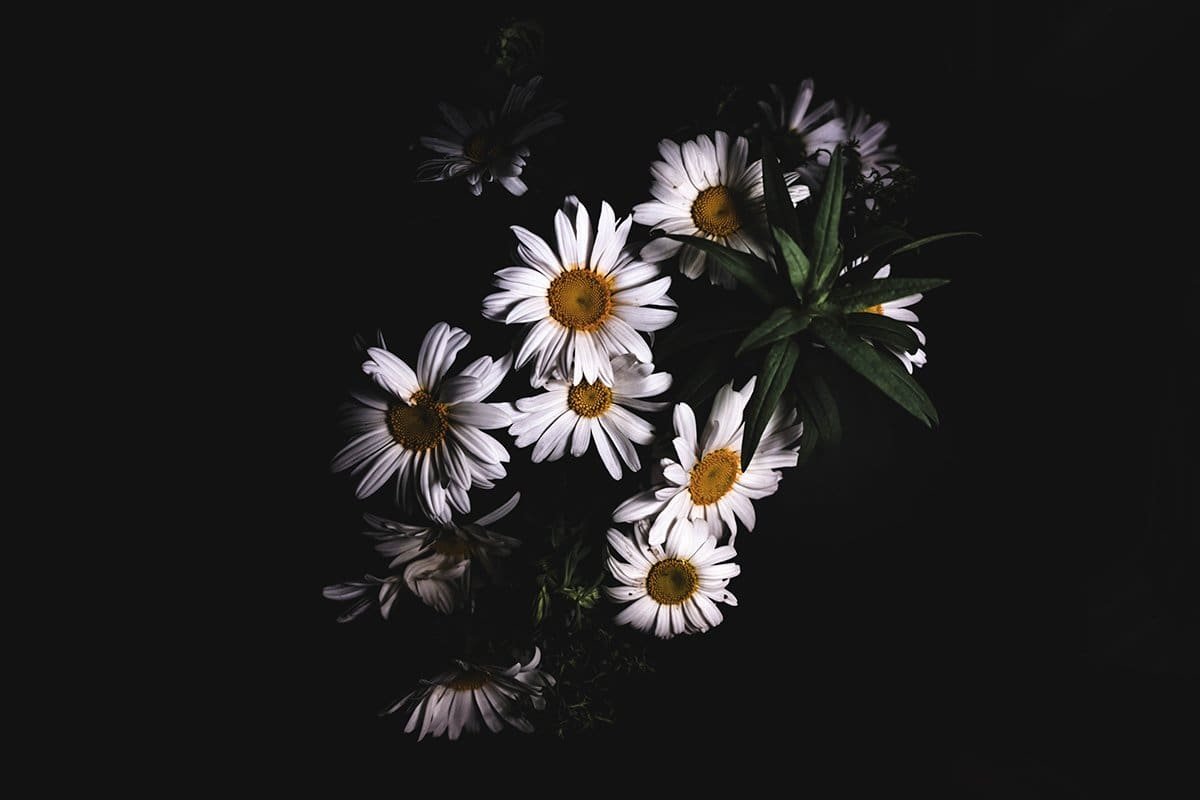
Discover the Enchanting World of Chamomile and Its Magical Uses
(originally written on wickedobscura.com)
Chamomile has a rich history dating back to ancient civilizations. Revered for its healing properties and soothing effects, this humble herb has woven its way through centuries of herbal medicine and wellness practices. Today, chamomile continues to be a staple in natural remedies, offering a myriad of benefits that resonate with wellness enthusiasts, herbal medicine seekers, and home gardeners.
In this blog post, we will explore the magical uses of chamomile, from its different types to its health benefits, and even creative ways to incorporate it into your daily life. Whether you’re looking to grow your own chamomile or simply want to learn more about this enchanting plant, you’re in the right place.
Types of Chamomile
Roman Chamomile
Roman chamomile, scientifically known as Chamaemelum nobile, is a perennial plant that has been cherished for its calming effects. Often used in essential oils, Roman chamomile is known for its sweet, apple-like fragrance. It’s commonly used in aromatherapy to promote relaxation and alleviate stress.
German Chamomile
German chamomile, or Matricaria chamomilla, is an annual plant that grows tall and boasts small, daisy-like flowers. It’s renowned for its potent anti-inflammatory properties and is frequently used in teas and tinctures. This variety is often preferred for medicinal purposes due to its higher concentration of active compounds.
Comparing the Two
While both types of chamomile share similar properties, they have distinct applications. Roman chamomile is often used for its aromatic qualities and gentle sedative effects, making it ideal for essential oils and topical applications. German chamomile, on the other hand, is favored for its stronger medicinal properties, particularly in digestive health and skin care.
Health Benefits of Chamomile
Stress and Anxiety Relief
Chamomile is well-known for its ability to calm the mind and ease anxiety. Studies have shown that chamomile extract can significantly reduce symptoms of generalized anxiety disorder (GAD). Its mild sedative effects make it a popular choice for those looking to unwind after a stressful day.
Digestive Health
Chamomile’s anti-inflammatory and antispasmodic properties make it excellent for digestive health. It can help alleviate symptoms of irritable bowel syndrome (IBS), reduce bloating, and ease indigestion. Drinking chamomile tea after meals can promote smoother digestion and overall gut health.
Skin Care
Chamomile’s anti-inflammatory and antioxidant properties are beneficial for skin care. It can soothe irritated skin, reduce redness, and promote healing of minor cuts and wounds. Chamomile-infused oils and creams are often used to treat eczema, psoriasis, and acne.
Culinary and DIY Uses
Chamomile Tea
One of the most popular ways to enjoy chamomile is by brewing it into a tea. Its delicate flavor and soothing aroma make it a perfect beverage for relaxation. Simply steep dried chamomile flowers in hot water for a few minutes, and enjoy a cup of tranquility.
Chamomile-Infused Honey
Chamomile-infused honey is a delightful addition to your culinary repertoire. It’s easy to make at home – just add dried chamomile flowers to a jar of honey and let it sit for a few weeks. This infused honey can be used to sweeten teas, drizzle over desserts, or even as a natural remedy for sore throats.
DIY Beauty Products
Chamomile’s skin-soothing properties make it an excellent ingredient for homemade beauty products. You can create chamomile-infused oils, lotions, and bath salts to pamper your skin. The natural anti-inflammatory and antioxidant benefits of chamomile will leave your skin feeling rejuvenated and radiant.

Growing Chamomile
Choosing the Right Type
Decide whether you want to grow Roman or German chamomile. German chamomile is easier to grow from seed and is ideal for those who want to use it for teas and medicinal purposes. Roman chamomile is better suited for ground cover and its aromatic qualities.
Planting and Care
Chamomile prefers well-drained soil and full sun. Sow the seeds directly in the garden or start them indoors and transplant later. Keep the soil moist but not waterlogged. Chamomile is relatively low-maintenance and can thrive with minimal care.
Harvesting and Drying
Harvest chamomile flowers when they are fully open. Cut the flowers just below the base and lay them out to dry in a well-ventilated area. Once dried, store the flowers in an airtight container to preserve their potency.
Chamomile’s magical uses and benefits are truly enchanting.
From its calming effects on the mind to its healing properties for the body, chamomile is a versatile herb that deserves a place in your wellness routine. Whether you choose to grow your own chamomile or incorporate it into your culinary and beauty practices, this herb offers a wealth of natural solutions.
We’d love to hear about your experiences with chamomile! Share your stories and tips with our community, and discover even more ways to enjoy this wonderful herb.



